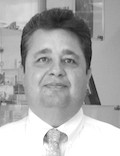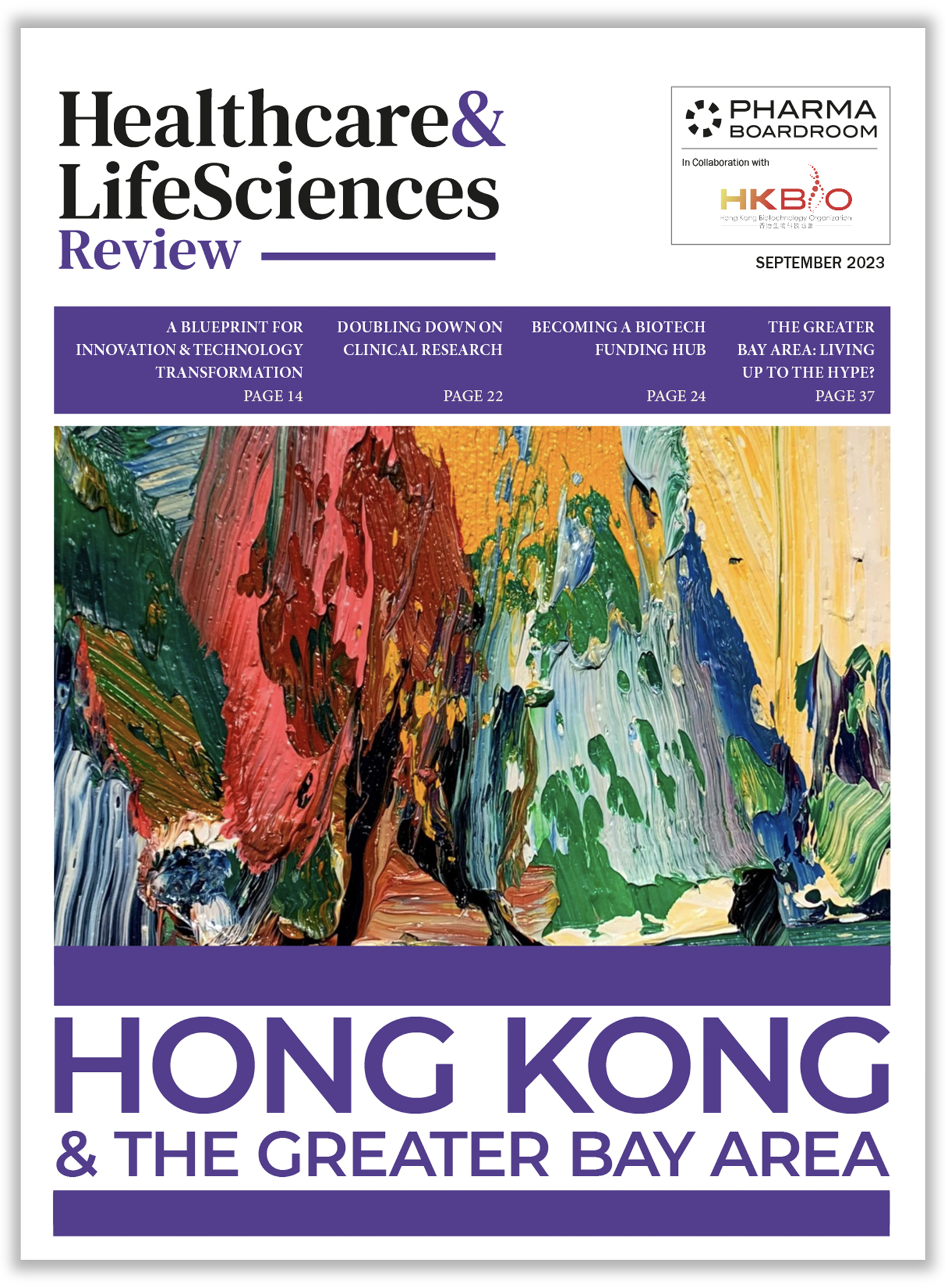José Angel García Hinojosa, vice president sales and marketing of the Grupo Loeffler Russek, discusses the history of the company since its establishment until its most recent accomplishments. Always with one mission: provide affordable products in the human and animal health arena.
Could you please briefly walk our readers through the history of the Loeffler-Russek group?
Our family’s involvement with Loeffler – named after the German bacteriologist Friedrich August Johannes Loeffler – dates back to 1978, when the originally veterinary company was sold to five of its employees, including my father, who at that time was the sales manager. In addition to the veterinary line, in 1991 the five shareholders had the vision to start developing pharmaceutical products for human health. This is where my brother and I used to work when we were students – he within the administration and I as a sales manager. And that is how we got involved with the pharmaceutical industry.
In the early 1990s I started avidly studying the emerging – and yet unknown – generic market and together with my brother decided to start our own business. Given our capital availability and the market demand for more affordable drugs, we decided to start a wholesale firm to distribute generic drugs to the Mexican population. That is when Loeffler-Russek was born. Today my father is still the honorary president of the group, but my brother and I are managing it: Alejandro is in charge of administration and operations, while I overlook sales, strategy and human resources.
What are your main products and who are your main clients?
Our core business lies in the generics drugs market. We work both with the private market as well as with the public sector, where we reach important institutions such as ISSSTE, IMSS, Seguro Popular and Pemex, among others. This segment represented up to 60 percent of our business in the past, today it is less than eight percent. However, we do not have direct contact with our final clients, as our whole business is managed through wholesalers and distributors. Additionally, we also offer contract-manufacturing services to some of the most important local pharmacy chains and retailers, such as Farmacias del Ahorro, Comercial Mexicana and Soriana.
Today the Loeffler-Russek group covers a varied portfolio of needs and niches within the Mexican pharmaceutical market: manufacture, generics, the health sector as well as store brands.
Generic drugs were not as relevant at the end of the 20th century as they are now because everything was spinning around patented drugs. Where did you see an opportunity for this market?
At that time we did not have the capital to enter the high-priced patented market and invest on marketing. That is why we opted for generic drugs instead; we saw a huge niche opportunity. However, we didn’t want to stop at being a mere distributor, we wanted to be producers. So we acquired facilities to have our own laboratory and created Russek – today our manufacturing branch. After going through a lot of tribulations and lending all the required equipment and machinery from friends and family, we started to produce our own medicines and in 2002 launched our first product to the market: Keraffler, a ketotifen product for the treatment of allergies. In 2005 we bought additional facilities from the personal care company Carter-Wallace.
We have spoken with many people about veterinary drug production. Everyone seems to agree that this is a highly competitive market with more than 400 companies. Why did Loeffler decide to enter the companion market in addition to the service animal market?
Animal health is in the company’s DNA and is a strong foundation for what we have become today. This also means we have a lot of background experience in this area, so it is a natural step for us to continue in this direction.
What is the main mission and philosophy that lie behind Grupo Loeffler-Russek’s accomplishments?
Our main mission is to preserve human and animal health. We have a strong set of values that we officially implemented throughout the group back in 2012. This strategy has allowed us to align specific and particular objectives to the company’s general goals. We want everyone to work in an environment shaped by respect, cordiality and offer real professional-growth opportunities. If everything goes according to our expectations, the results of this excellence should fuel growth in every area of the company. And the results are tangible: from 2005 to 2013 we have experienced an annual average of double digit.
What makes Loeffler-Russek have such a high success rate?
First, we listen to everything that our employees have in mind – both positive and negative feedback. If a problem comes up often, we identify it as a red flag that needs to be handled. This kind of chats and constant communication bring us all together as a company because, as you may know, the more employees you have the harder it gets to speak with them directly. Within this model, everyone gets the level of attention that they deserve and we get an improvement in terms of human resources and management.
We have also implemented another popular internal method of recognizing when someone has done an excellent job by providing our employees virtual rings that can be changed for special awards. This keeps our staff busy and motivated to keep improving their skills and going beyond what we ask from them.
How has Loeffler-Russek adapted to a changing market with regard to wholesale distribution systems as well as pharmacy chains?
Each and every time Mexico undergoes a crisis Grupo Loeffler-Russek experiences a big step forward because we do not panic, but embrace it as a great opportunity to grow. Our core values focus on the attention and service to our clients. For example, we give a lot of importance to the timely delivery of our products as well as high quality standards.
Where would you like to see Grupo Loeffler-Russek in five years from now?
We know what we want and what we are: we are a generic drug company, and I would like to see us growing till we have international standards level. We want to become a leader in the generic segment, and this requires a lot of work and effort. We currently have more than 40 people working in the development of new products. We may not be the cheapest alternative in the market, but we are really competitive in terms of price-quality.
We are slowly but steadily entering the Central and South American markets. We are in the process of registering several of our products to sell them in those neighboring areas. I would like to acquire companies in other countries to be able to export to other regions of the world.







